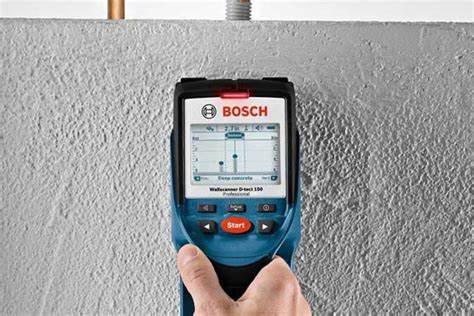Plastering can be a great way of making any home look appealing, but it can also result in lots of broken or ugly plaster. This is where stud finders come into their own. The process of finding studs through plaster is quite simple, and many plasterers are able to do it themselves without too much trouble.
But the best plasterers know when to leave a job to the pros, and how to find studs in plaster walls so that they can get a perfectly good finish. Here are some simple tips on finding studs through the plaster.
Finding Studs Through Plaster can be easy

First of all, it's important to know that there are different kinds of plaster for different purposes. In fact, different kinds of plaster are required for different jobs.
For example, some joints need to have larger holes than others. If you're having a wall sconce with small holes, you'll probably need plasterers who know how to use a smaller hole for the joint compound, as well as how to handle plasterboard and small holes.
Another thing to know is that you can find a number of different methods for hanging your fixtures.
You can choose whether or not you want to hang the studs through the wall horizontally, vertically, or even diagonally. Sometimes the only way you can find holes in plaster is to use large-diameter holes, or if the holes are small but big enough, you can probably get away with using small holes. You'll probably have to remove some plasterboard if you decide to hang the studs vertically.
When you're having a hanging wall sconce, you might also need a beam or clamp to hang it safely upright. Often, hanging large items such as chandeliers and picture frames can be difficult if the bottom of the fixture is raised above the level of the floor.
To fix this, you can use special mounting brackets called hat braces, which attach the bottom of the fixture to beams that are underneath the wall.
The next step is to prepare the surface on which you're going to hang the piece. For example, if you're installing a chandelier, take out any old broken or chipped plaster walls, and sweep the surface to get rid of cobwebs and debris.
Take a new sweep with good quality bristles and brush any cobwebs or debris from the surface, and then smooth it with a soft dry cloth. Apply some glue for the attachment of the chandelier to avoid leakage when the chandelier is hung.
Make sure that the glue is dry before you attach the fixture.
Next, attach the small hole to a piece of board attached to the wall. Use an awl to keep the board straight, and tap the small hole for the fixture onto the board, making sure that it doesn't move around.
The reason you need to tap it down is that you want the fixture to remain firmly in place, especially if you have pieces that will hang over hanger strips. You may also want to consider using some weight to help you hit wood accurately. Finding Studs Through Plaster is like finding a tiny earring in the sand.
Once you've attached the fixture, use the same awl to find any other wall studs.
Use your level to double-check the location of the small holes in the wall, and add more nails or screws if needed.
Continue to find more wall studs, and tap each one down until you reach the wall above. If you have rafters or ceilings that you'd like to install the light fixture on, then make sure to anchor them to the studs in the ceiling above. Otherwise, they'll be left hanging freely, which can cause a dangerous falling accident.
After locating all of the wall fixtures, you're ready to attach the light bulb.
To do this, you must first attach the lath to the screw that is already there. Lay the fixture on top of the lath and then screw it in. Continue to follow the steps in the previous step, repeating them for the screws that you used in Step 1. Finally, hit the wood with a hammer and drywall them up, making sure they are completely secure before you add your trim boards.





